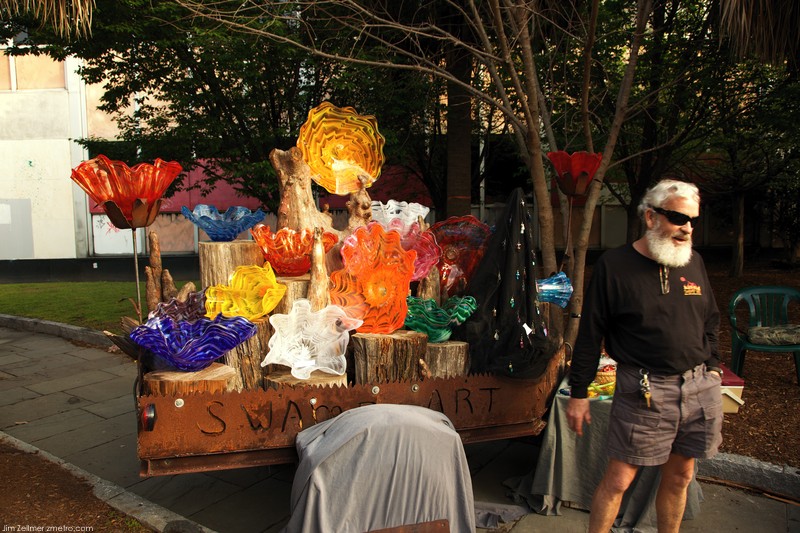Ken Silverstein:
“It was the sixth such attack this week and one of 66 this year by Somali pirates, a collection of shrewd businessmen and daring opportunists who have pulled off a series of spectacular seizures using high- and low-tech gear, from satellite phones and rocket-propelled grenades to battered wooden skiffs and rickety ladders,” the Washington Post reported today about the attack on a U.S.-operated container ship. “In the past year, their booty has included the MV Faina, a Ukrainian ship loaded with tanks and antiaircraft guns, and the MV Sirius Star, a 300,000-ton, 1,000-foot-long Saudi oil tanker that is the largest ship to be seized in history.”
For months, a former senior CIA officer has been telling me that pirate activity off Somalia was a problem that needed to be aggressively dealt with. By chance, I had a meeting with him yesterday as the Maersk Alabama hijacking was unfolding. Here’s what he had to say (he updated his remarks today):
The American response to date has been incredibly naïve and woefully ineffective. Now, predictably, you have an American taken hostage. All of which should have been prevented. You’ve got a failed state in Somalia and pirates operating in an area of ocean that is larger than the state of Texas but we’ve been trying to deal with this from the ocean side, by sending the navy and with a limited application of technology, such as satellites and drones. We can’t afford to patrol that big a piece of the ocean; it’s too expensive to leave a naval task force out there.
